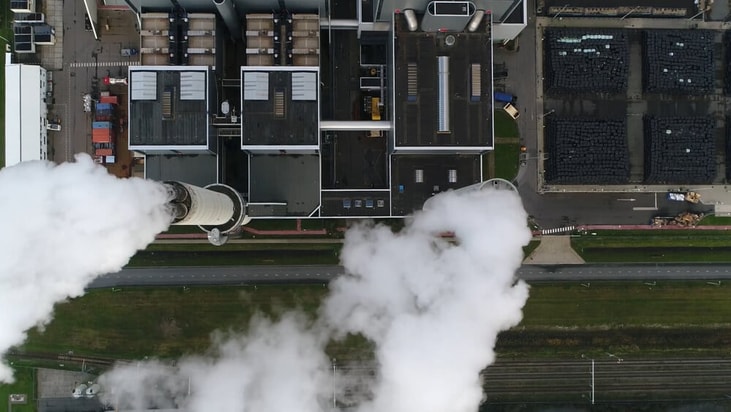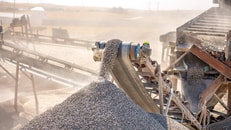CO2 Capsol expands liquefaction and WtE solutions
Norwegian carbon capture technology provider CO2 Capsol is to supply a liquefaction unit to a ‘major’ Germany energy company after signing a rental and service contract.
Expected for delivery in Q3 of this year, the unit can be used in conjunction with the CapsolGo carbon capture demonstration unit and will form part of the existing 12-month contact for delivery of two CapsolGo demonstration campaigns to the client.
One capture unit will begin operations at a Waste-to-Energy (Wte) facility while another will be located at a biomass-fired Combined Heat and Power (CHP) plant.
According to the company, CapsolGo enables large-scale carbon dioxide (CO2)-emitters to test and verify the effectiveness of CO2 Capsol’s Hot Potassium Carbonate (HPC) technology.
... to continue reading you must be subscribed
























